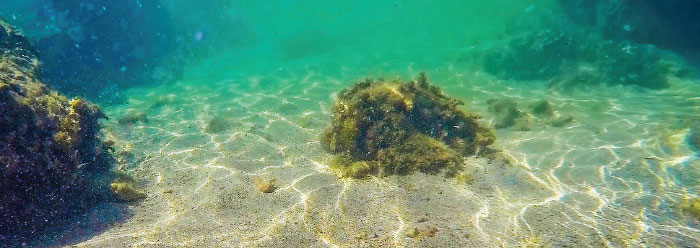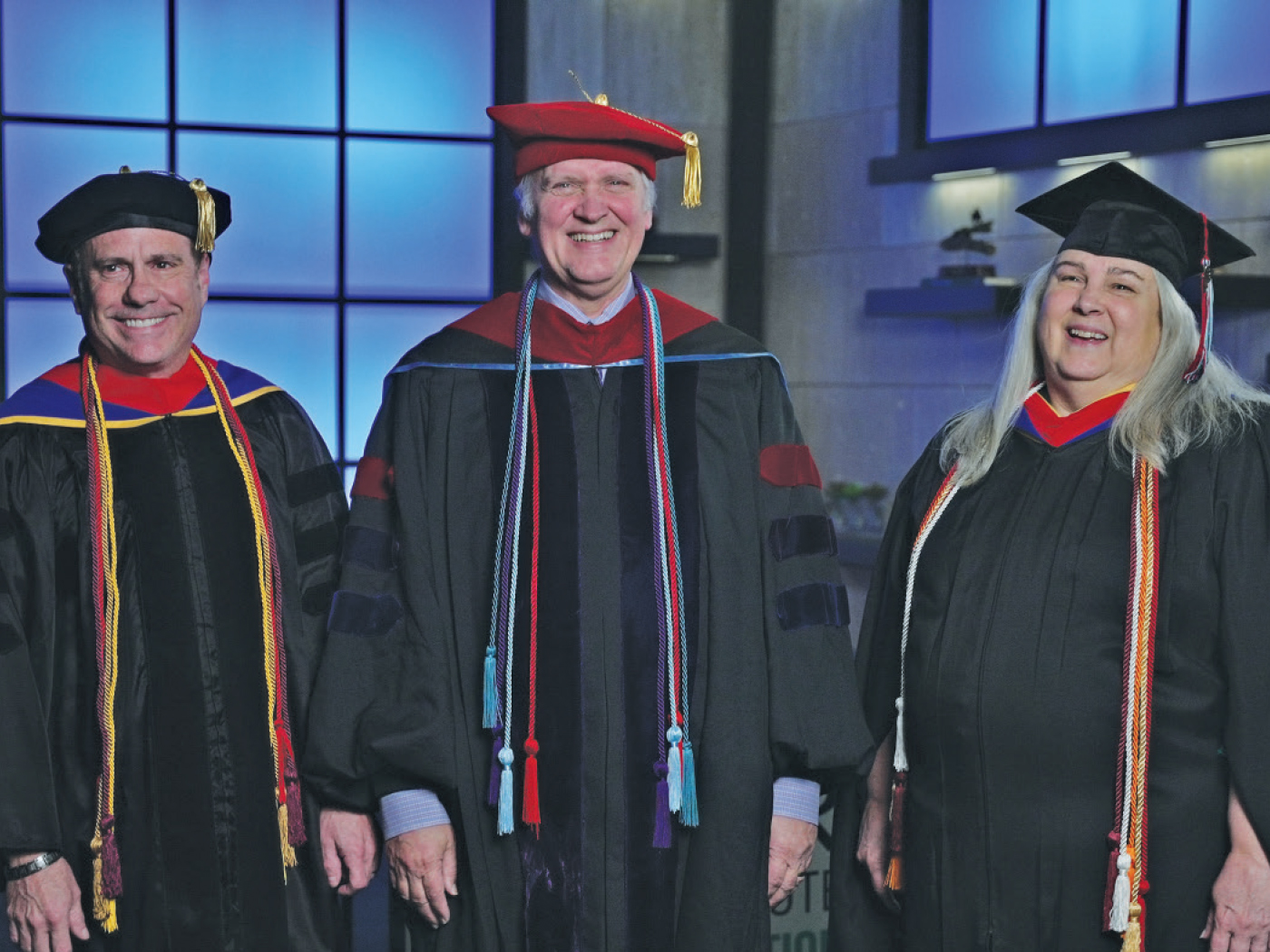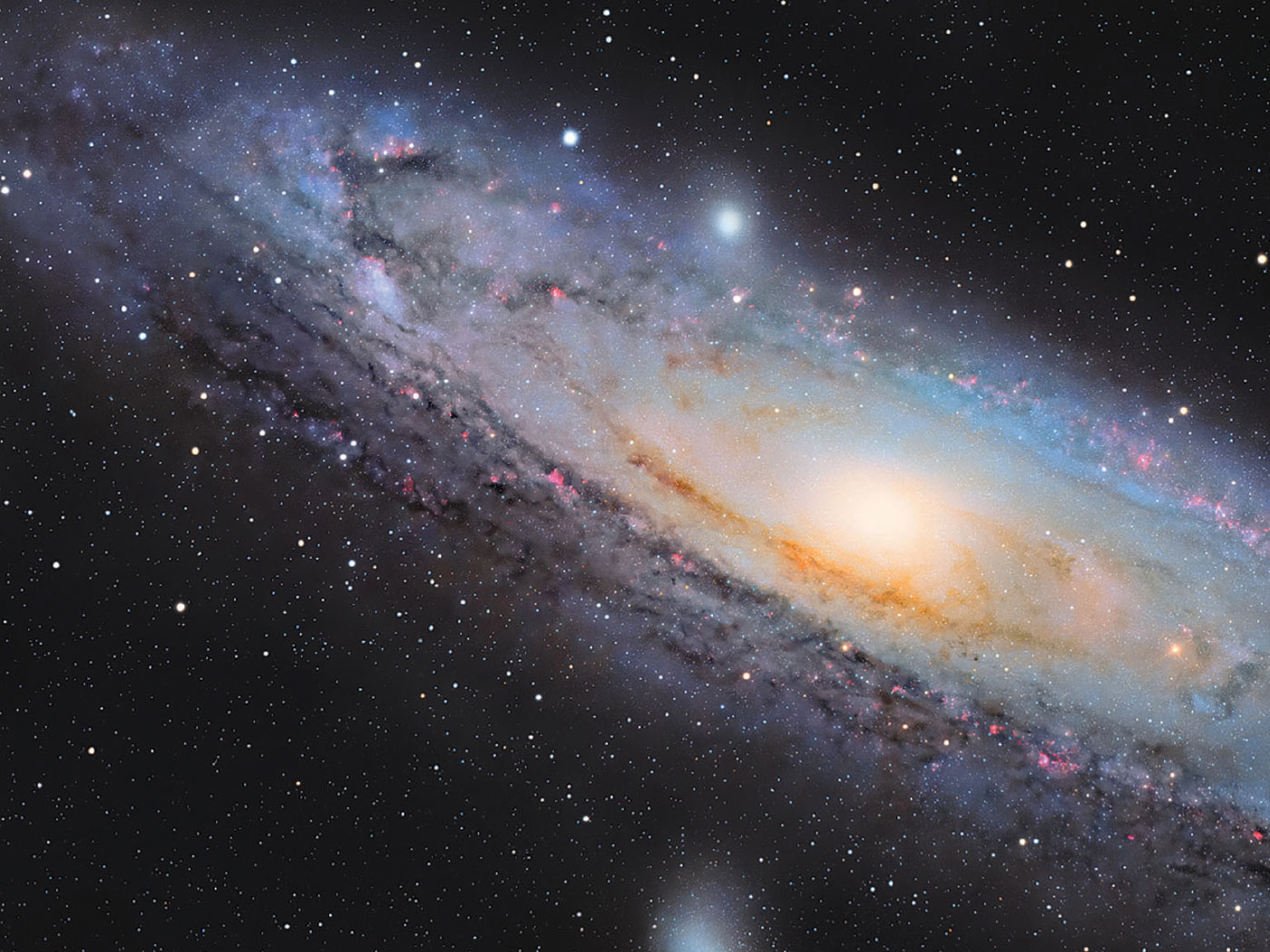Regular Acts & Facts readers may be aware that I have hinted at upcoming results from my research on deep seafloor sediments.1 Now I am pleased to share some preliminary results with you.
Uniformitarian scientists believe that there have been about 50 ice ages within the last 2.6 million years of alleged “prehistory.” They believe that slow changes in Earth’s orbital and rotational motions regulate the timing of these ice ages. This theory is called the astronomical, or Milankovitch, ice age theory. Uniformitarian scientists generally assume the Milankovitch theory is correct and use it to assign ages to seafloor sediments with a method called orbital tuning. They then use these ages to date the deep ice cores. My previous research focused on the fact that these age assignments involve a good deal of apparent circular reasoning, since ages in cores are often tied to ages in other cores.2
Yet, this method is only truly circular if the evidence for the Milankovitch theory is either weak or nonexistent. Although there are serious problems with the Milankovitch theory, uniformitarian scientists claim that an iconic 1976 paper provided strong evidence for the theory.3, 4 In the paper, analysis of data from two Indian Ocean sediment cores yielded results consistent with Milankovitch expectations. The authors concluded that Earth’s orbital motions acted as a climate pacemaker that regulated the timing of ice ages.
However, this 1976 “Pacemaker” paper has serious problems. For instance, the authors excluded nearly a third of the data from the second sediment core, probably needlessly. Likewise, an assumed age of 700,000 years for the most recent magnetic reversal played a key role in the Pacemaker paper. Yet uniformitarian scientists now claim that this reversal happened 780,000 years ago. This age revision is extremely problematic for the paper’s results.
I have reproduced results, which I hope to soon publish, from the first part of the Pacemaker paper, using reconstructed data and the same method as the paper’s authors.
However, the final phase of my research is to explore the effects that these changes (inclusive of the first third of the data from the second core and an age change from 700,000 to 780,000 years) have on the paper’s results. Preliminary analysis indicates that they will not be encouraging for Milankovitch believers—even if one accepts, for the sake of argument, the claim that the sediments are hundreds of thousands of years old!
The Milankovitch theory plays an important role in uniformitarian dating methods. Demonstrating that there is no sound logical basis for orbital tuning could call into question hundreds, perhaps thousands, of uniformitarian age assignments. Likewise, the Milankovitch theory may be making a subtle contribution to global warming alarmism, so this research has the potential to bring some perspective to this controversial topic.
I continue to find problems with this Pacemaker paper. Lord willing, I will publish these results in a series of future Impact articles. For those who can’t wait that long, my first paper may be freely read on the Internet.5 Although it is technical, I kept the mathematics to a minimum and took pains to explain the necessary background material so that non-specialists may get the gist of the argument.
References
- Hebert, J. 2015. Seafloor Sediment Research Continues. Acts & Facts. 44 (11): 9.
- Hebert, J. 2016. Deep Core Dating and Circular Reasoning. Acts & Facts. 45 (3): 9-11.
- Oard, M. J. 2007. Astronomical troubles for the astronomical hypothesis of ice ages. Journal of Creation. 21 (3): 19-23.
- Hays, J. D., J. Imbrie, and N. J. Shackleton. 1976. Variations in the Earth’s Orbit: Pacemaker of the Ice Ages. Science. 194 (4270): 1121-1132.
- Hebert, J. 2016. Should the “Pacemaker of the Ice Ages” Paper Be Retracted? Part 1. Answers Research Journal. 9: 25-56.
* Dr. Hebert is Research Associate at the Institute for Creation Research and earned his Ph.D. in physics from the University of Texas at Dallas.






















